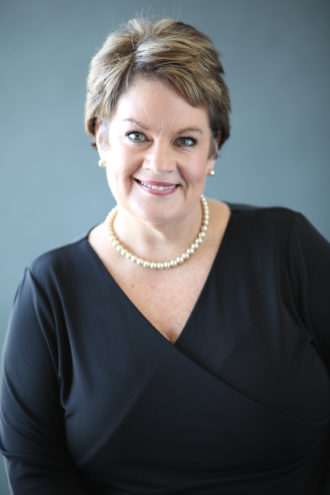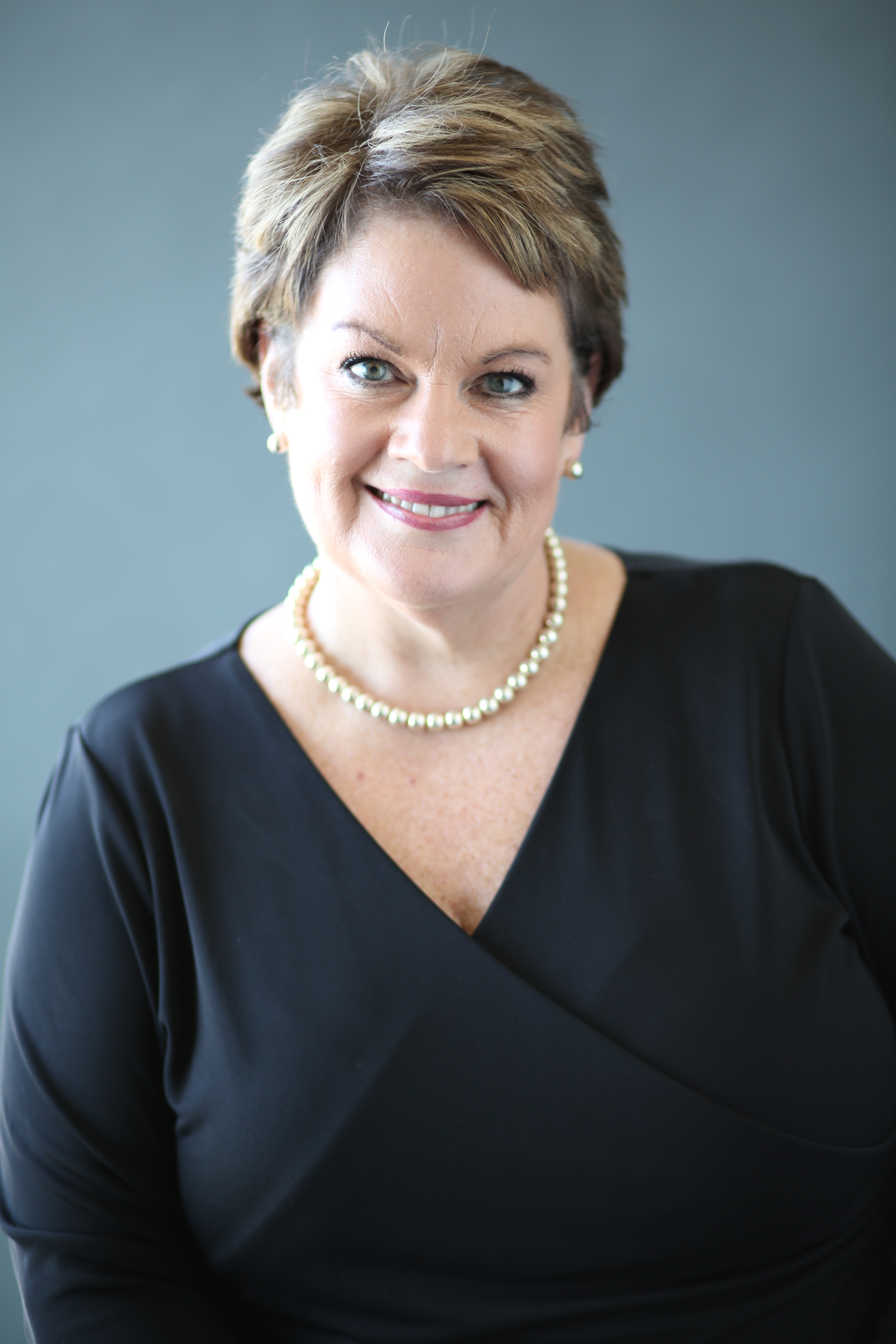
For the past decade, the retail sector has been radically transformed by a push toward localization—developers foregoing national chains in favor of stores and restaurants that reflect the distinct preferences of their surrounding communities. Now, this trend has moved beyond retail to influence real estate, such as the multifamily space.
It seems like a no brainer that consumers are creating their own neighborhood identities in urban settings by selectively choosing unique, local experiences for their everyday needs. It’s to be expected that the trend will continue to extend into apartment living; but, for an industry that is predominantly tied to quantity of units to turn a profit, it’s a tough sell to direct extra time, space, and dollars into customizing your product and experiences to each neighborhood.
For Monogram Apartment Collection, this change in mindset—both on a marketing and operational level—is seamless. Before residents began trekking the extra mile to their neighborhood coffee shop versus the Starbucks nearby, we were taking a more personalized, or as we like to call it “tailored” approach, to apartment living. This strategy is a natural result of how we market to the typical “Monogram resident”—a renter by choice who has a more mature and discerning taste and expects best-in-class service, design, amenities and location. This group seeks out unique and often more localized experiences when it comes to where they choose to shop, dine, exercise, and play.
Today, the quest for localization has captivated multiple generations as social media permeates our culture and offers everyone a platform to carve out their own uniqueness. This trend is starting to influence the real estate sector, encouraging developers, owners, and property managers to adapt to cultural nuances across markets and provide exclusive experiences and offerings for their residents.
Monogram’s business strategy revolves around finding the right assets in the latter stages of development (or recently completed), but we also selectively invest in quality properties that have their own local flare. No two Monogram communities look alike, even in the same market. We carefully consider the aesthetics of a property because we want it to blend with that market’s culture and characteristics. Just as you wouldn’t see a Texas themed building in Boston, we wouldn’t design a colonial building in Uptown Dallas.
Once inside our properties, you will find a similar sense of personality and regional connection. We’re moving away from cookie-cutter art and décor in favor of curated works of art or commissioned pieces from local artists. In Miami, at The Mile apartment tower, we engaged Claudio Picasso to adorn the parking garage and elevator bay walls with graffiti. In Dallas, we’re working with Texas-native street artist Kyle Steed to create a commissioned design for the backside of the iconic Clear Channel Coors Light billboard, which backs up to our property line at THE Alexan. A small percentage of units look out at the back of the billboard, but we saw an opportunity to take something that already has iconic, local significance and transform it into a unique and cultural experience for our residents. Throughout the common areas of our properties, we establish an individualistic element with furnishings uniquely curated for specific properties, working with local designers and stores where it makes sense.
Beyond the architectural and interior aesthetics of community, we see an opportunity for localization via the amenities and retail offerings. For luxury, Class-A multifamily communities, most amenity packages are standard across markets; our residents expect fabulous workout facilities, expansive outdoor space, pet amenities, etc. But the amount of space you allocate to certain amenities and the way in which residents are encouraged to organically use them differs between markets.
For example, while planning Olume in San Francisco, we knew that we had to dedicate extra space and consideration on the pet amenities. We found this subset of San Francisco to be very dog-friendly, but residents were frustrated by the lack of green space to walk their dogs and were concerned about new development restricting the little space they did have. In response, we dedicated more space to the green area and incorporated grooming stations on-site.
Although outdoor space is a focus for us across markets, the space usage differs depending on the local culture and resident preferences. Hydro-spin classes might be well-received by our residents at Soma in Miami, while an underground music pop-up event is more successful at Zinc in Cambridge.
The most obvious way to localize a community is by selectively filling your retail space. We go out of our way, even to the point of turning potential retail tenants away, to make sure we fill those spaces with unique offerings that contribute to the overall vibe of the community and the surrounding neighborhood. For example, at Nouvelle in Tysons Corner, Va., we were approached by several national, established vendors who have reputations as reliable and profitable tenants. Ultimately, we turned them down and filled the retail space with a boutique fitness studio, and a new-concept eclectic restaurant, because we know they will add more value to our residents and to the surrounding community. The result is mutually beneficial for all parties involved.
Though Monogram has organically localized its communities as a by-product of our efforts to cater to a specific renter base, we’re still constantly looking for ways to make our communities stand out from the competition by blending in with the surrounding vibe and culture. As residents of all ages become increasingly intentional in the way that they shop for homes and establish a neighborhood niche, we’re exploring ways of leveraging local partnerships to enhance amenity packages and create unique lifestyle experiences for both our residents and surrounding community.
Peggy Daly is executive vice president of property management at Monogram Residential.





